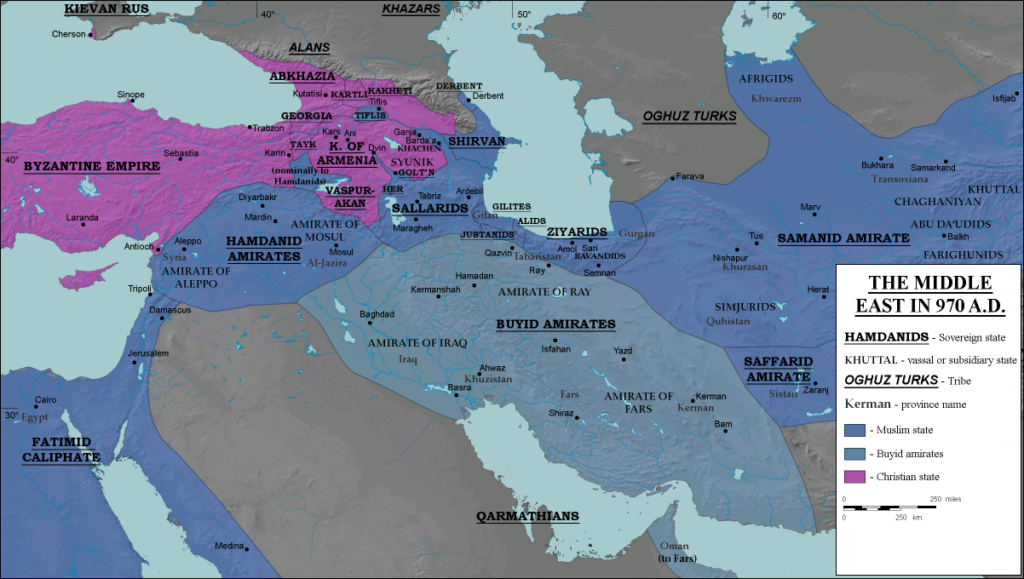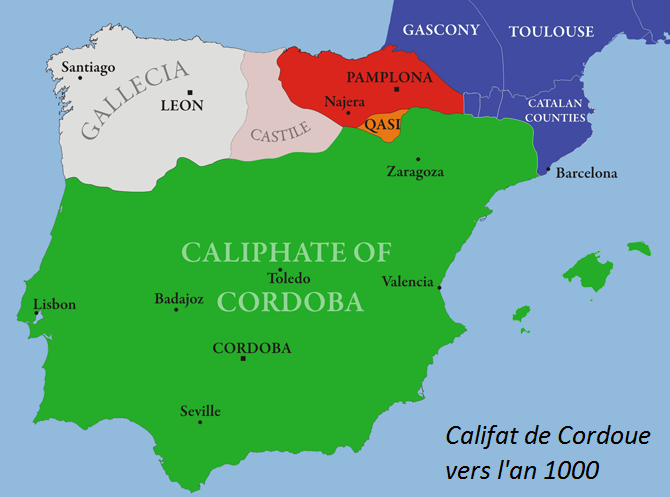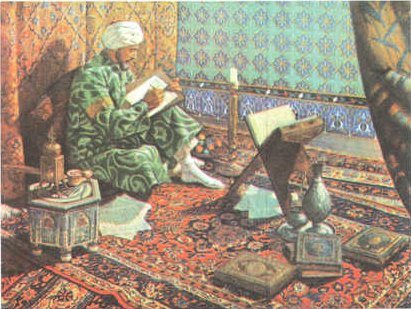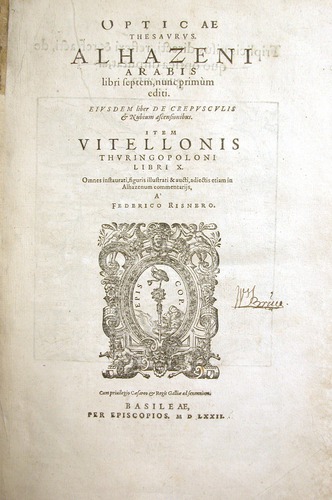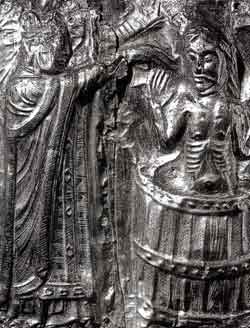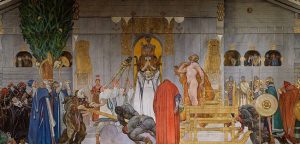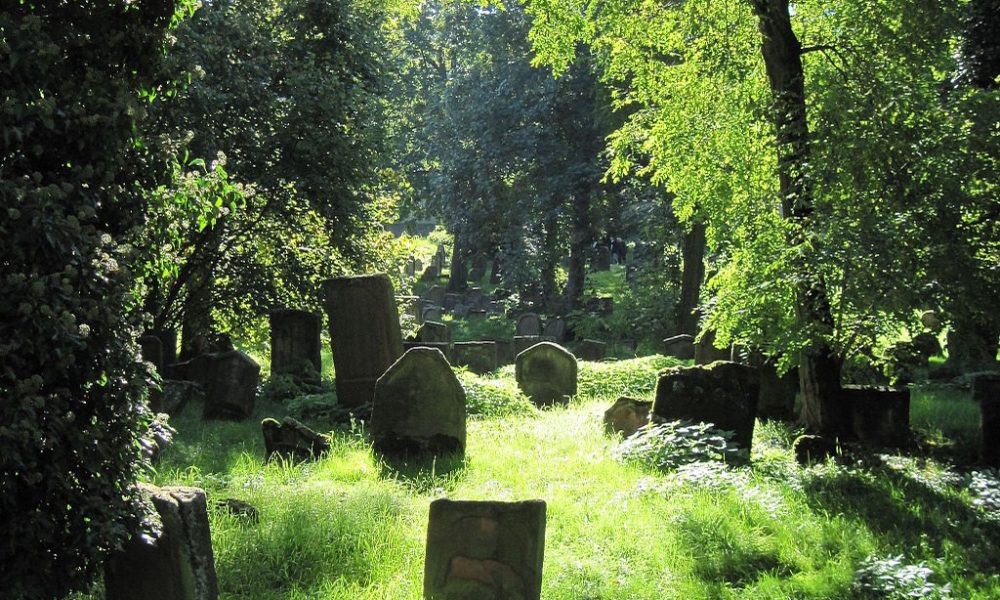
990 AD to 1010 AD, Psalm 97: The light of exile.
This site was first built in French (see www.147thgeneration.net). The English translation was mainly done using « google translation ». We have tried to correct the result of this translation to avoid interpretation errors. However, it is likely that there are unsatisfactory translations, do not hesitate to communicate them to us for correction.
(for that click on this paragraph)
Summary
This generation is from the years 990 AD to 1010 AD.
According to our count, this generation is the 97th generation associated with Psalm 97. It is in this Psalm 97 that we therefore find an illustration of the facts of this generation.
The Caliphate of Cordoba is at its peak, but its decline is near.
Under the pressure of the Fatimids, after 200 years of unchallenged power, the Abbasid dynasty entrusted the government to the Persians, the Buyids. The intellectual and artistic life develops at this period encouraged by the sponsorship, as well in Persia as in Baghdad. There emerge famous intellectuals like Avicenna (Ibn Sina 980-1037) or Alhazen, one of the greatest physicists of all time.
This time is still for Germany that of a rebirth that makes it emerge among the European nations. This Renaissance is all the more surprising as it shines in a rough country. The tenth and eleventh centuries saw a new boom in trade; the emperors found and controlled fairs and markets. They protect Jewish communities, foreign merchants, craftsmen.
Under the impulse of the Germanic and Byzantine empires and with the help of the missionaries of Great Britain, Europe continues to convert massively to Christianity, to the most remote lands and islands of Northern Europe, once the fiefdom of the Vikings. The conversion of the Russians is consolidated.
Thus, this generation sees the end of paganism in Europe. Under the combined effect of Islam and Christianity, paganism has disappeared from the known world. At this awakening of Europe, the Jews participate in their own way.
Beyond its development in southern Europe, whether in southern France or Italy, it is now developing in the heart of Europe, far from the shores of the Mediterranean, which have been long centuries the almost exclusive place of refuge for Jews in exile.
In the heart of Germany, which has found its place among nations and empires, a new Judaism is born in Mainz, where, around the 9th century, two great rabbis were established. Around the year 1000, the city received a very famous center for Talmudic studies. The brightest of these students was Gershom ben Judah, the « Light of Exile, » who established an academy of studies. Students came from all over Europe and left to teach in their communities. Rashi is, indirectly, his disciple.
Talk
Avicenna and Alhazen
This generation marks the last good years of the caliphate of Cordoba. Al Mansur continues to control the caliphate until his son Abd Al Malik succeeds him in 1002. At this date the caliphate of Cordoba is at its peak.
Abd Al Malik, who has the same qualities as his father to govern, dies prematurely in 1008 presumably poisoned by his brother and successor, which marks the beginning of the decline of Cordoba.
The Abbasid power sees its territory being restricted with the Fatimid push, and for some time is under the influence of the Buwayhides:
- In Baghdad [1], after 200 years of undivided power, the Abbasid dynasty entrusted the government to Persians, buwayhides, or buyids, a dynasty founded by Buwayh. His three sons and their successors reign de facto, if not right, on the Abbassid Empire from 945 to 1045. Abul Hussein is the first to occupy Baghdad, where the caliph while retaining his title, gives him the reality of power in the naming al-Mu’izz al-Dawla, the « Glorifier of the State ». The latter deposed the Abbasid caliph and reigning in place of the young Al-Qadir, hoping to maintain firmly under his authority.
Al Qadir, who reigns over the remnants of the Abbasid empire from 992 to 1031, gradually distinguished himself from the guardianship of the Bouyides (especially in the second half of his reign). Although of Shiite obedience, the intellectual and artistic life develops at this period encouraged by the sponsorship, as well in Persia as in Baghdad. It is under this influence that famous intellectuals such as Avicenna (Ibn Sina 980-1037) emerge, whose medical work will be widely resumed first in Muslim Spain and then for many centuries in Christian Europe.
We can also mention Alhazen:
- Alhazen [2] (965-1039), one of the greatest physicists of all time formulates the laws of optics well before Roger Bacon (1220-1292), as well as the law of inertia, which will become the first law of the Newton’s movement (1642-1727).
Ottonian Renaissance
In the Germanic empire, Otton II died in 983, theoretically leaving power to his son Otton III who was then only three years old. After the regency exercised by his mother the Byzantine princess Theophano (and after the death of the latter in 991 by his grandmother Adelaide), Otto III officially took power in 995 on its majority and seeks to take over Christianity in Europe .
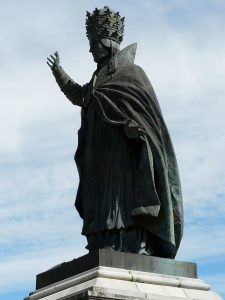
After a first unsuccessful attempt, where he hardly imposes his cousin as Pope from 996 to 999; Otton, at the death of the latter, probably poisoned, made appoint Gerbert, archbishop of Ravenna as pope under the name of Sylvester II. But [3] Otton’s attempt to unify temporal and spiritual powers fails because of the Roman opposition. Otton died in 1002 without having achieved his ends.
Henry II succeeded him first as king of Germany, he was crowned emperor in Rome in 1014.
This time is still for Germany that of a rebirth that makes it emerge among the European nations:
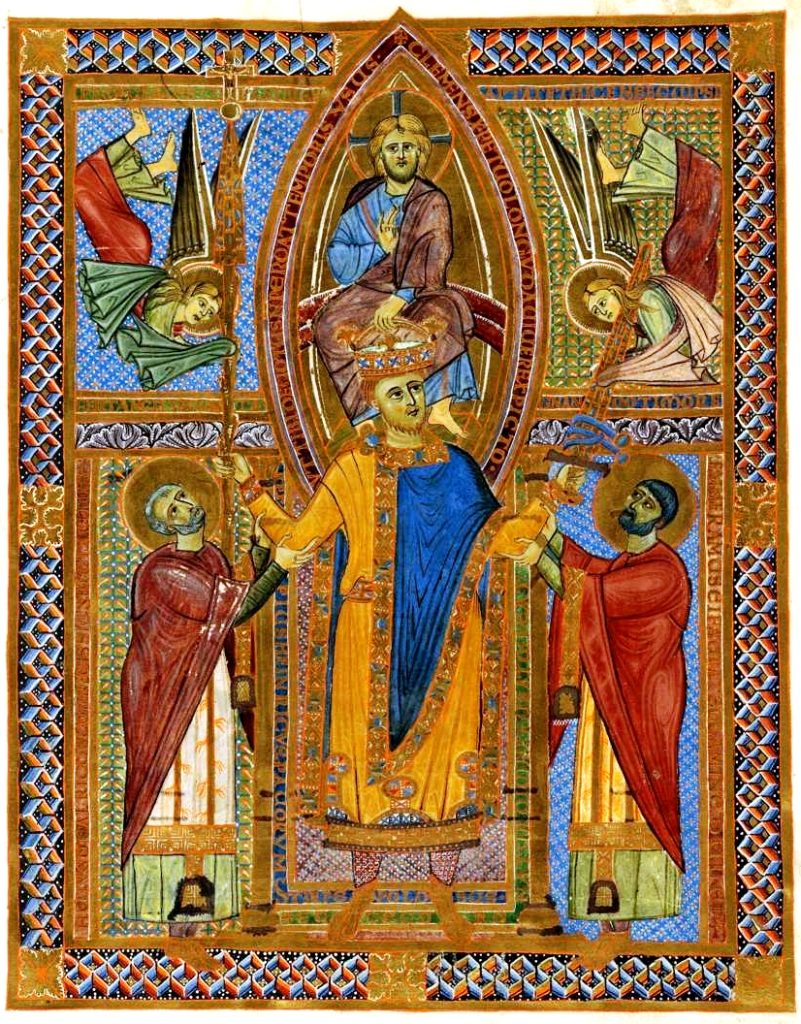
- The Saxon emperors [4], surrounded by scholars, protecting rich abbeys, having manuscripts copied, are at the origin of the « Ottonian Renaissance ». Architecture, sculpture and manuscript painting are the main areas in which the creativity of the period manifests itself. This Renaissance is all the more surprising as it shines in a rough country, where feudalism is less developed than in the West, where roads are bad and cities are rare and small. In 973, an Arab traveler passing through Mainz notes that the city occupies only a small part of the ancient Roman city.
- The tenth and eleventh centuries, however, saw a new boom in trade; the emperors found and controlled fairs and markets, where they exchanged « salt, arms and jewels, slaves, wax and horses ». They protect Jewish communities, foreign merchants, craftsmen.
A Christian Europe
Under the impulse of the Germanic and Byzantine empires and with the help of the missionaries of Great Britain, Europe continues to convert massively to Christianity. The conversion of the Russians really initialized to the previous generation consolidates, other countries that will be part of the future European empires are also converted.
This Christianization of Europe is general to the most remote lands and islands of Northern Europe, once the fiefdom of the Vikings:
- In England [5], the emergence of the Danes in 865 resulted in the disappearance of most monasteries and half of the bishoprics of East Anglia and Northumbria. While the situation turns to the 10th century when the successors of King Alfred the Great (who died in 899) go to the reconquest of Danelaw, the evangelization continues on a missionary front located from Scandinavia to Bulgaria, and moving towards the northeast. As for Scandinavians, it is done both by the activity on the spot of the Anglo-Saxon missionaries and by the descents of the Vikings towards the south. Norway is converted in the late tenth century by Vikings, themselves baptized in England. Haakon the Good (died about 960) and especially Olaf Tryggvason and implant Christianity there, the latter then pressing on Iceland whose Assembly of the free men (Althing) adopts the Christianity in 999. In Denmark, the conversion goes from The country was unified under Harald’s rule at the Blue Tooth, baptized in 965. Sweden also receives English missionaries and hosts Christian communities, as in the commercial center of Birka (near Stockholm).
Thus, this generation sees the end of paganism in Europe. Under the combined effect of Islam and Christianity, paganism has disappeared from the known world.
At the same time, many scholars from this monotheistic world are beginning to evade the laws that govern the universe.
It is this victory of the God of Israel over idols that the beginning of the Psalm of this generation evokes:

- The Lord has reigned, the earth will exult; many islands will rejoice.
- Cloud and thick darkness are around Him; righteousness and judgment are the foundation of His throne.
- Fire will go before Him and will burn His enemies all around.
- His lightnings illuminated the world; the earth saw and quaked.
- Mountains melted like wax from before the Lord, from before the Master of all the earth.
- The heavens told His righteousness, and all the earth saw His glory.
- All worshippers of graven images will be ashamed, yea those who boast of idols; all gods, prostrate yourselves before Him.
Mainz
At this awakening of Europe, the Jews participate in their own way. By first developing religious schools, but also by bringing their knowledge to the new schools and universities that are created on Christian soil. In Italy too, Jewish activity is growing.
At the rebirth of Sephardic Judaism, in the heart of Muslim Spain, « Ashkenazi » Judaism is no exception. Beyond its development in southern Europe, whether in southern France or Italy, it is now developing in the heart of Europe, far from the shores of the Mediterranean, which have been long centuries the almost exclusive place of refuge for Jews in exile.
In the heart of Germany, which has found its place among nations and empires, a new Judaism is born in Mainz:
- Around [6] the ninth century, a number of families from southern Italy emigrated to France. Then they went as far as the Rhine Valley. Two great rabbis settled in the city of Mainz, south of Frankfurt, and upstream of Cologne. These two scholars were called Rabbi Moses the Elder and Rabbi Abun the Great. They began to teach.
- The son of the first was also rabbi and was called Rabbi Kalonymus. A dozen of his comments on specific points of Jewish law have come down to us. The specialists regard them as the oldest rabbinic writings of the Jews of Europe, they precede for twenty-five years the comments of Rabbi Moses ben Hanoch of Cordova.
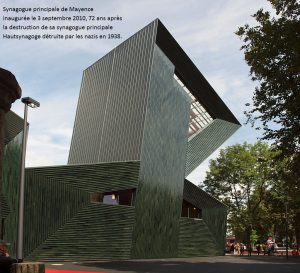
- Around the year 1000, as the Jewish community of the Rhine Valley develops, the city of Mainz hosts a well-known talmudic study center that attracts students from even Spain or Italy.
- The most brilliant of these students was Rabbenu – which means « our master » – Gershom ben Judah, born in Metz in 960 and died in 1028. He created an academy of studies in Mainz. The students came from all over Europe to receive their teaching, they stayed many years and then left to teach in their communities, what they had learned. […]
- Later generations described Rabbenu Gershom as the « light of exile ». His liturgical poetry was among the prayers of all German Jewish communities. This Talmudist and poet would mark with his work a stage in the cultural development of Ashkenazi Jews. […]
- Among Rabbenu Gershom’s disciples was Rabbi Jacob ben Yakar. He became the master of Rabbi Solomon ben Isaac, known as Rashi.
The expansion of monotheism throughout Europe was initially an opportunity for the Jews to accompany it with their own cultural expansion.
Thus « Zion« and « Juda« (the Jews) whether in the Sephardic world (with Muslim contacts) or in the Ashkenazi world (in contact with Christians) are shaking up in an intellectual renewal in which they rediscover the richness of their heritage and understand how it will enable them to survive in exile.
It is this light that spreads over the Jewish world at the same time that monotheism spreads over Europe, formerly the kingdom of paganism, which is praised in the following of this generation’s psalm. Light particularly well embodied by Rabbenu Gershom, aptly nicknamed the « light of exile (A light is sown for the righteous) « . This is the object of the end of the psalm of this generation:

- Zion heard and rejoiced, and the daughters of Judah exulted, because of Your judgments, O Lord.
- For You, O Lord, are Most High above all the earth; You are very much exalted above all gods.
- You who love the Lord, hate evil; He watches the souls of His pious ones, He rescues them from the hands of the wicked.
- A light is sown for the righteous, and for the upright of heart, joy.
- Rejoice, you righteous, with the Lord, and give thanks to His holy name.

[1] (Preface by) Georges Duby: « A history of the medieval world ». Chapter: « Divisions of Islam – (680-980) ». (French: « Une histoire du monde médiéval ». Chapitre : « Les divisions de l’Islam – (680-980) ». (p. 123-124) ).
[2] (Preface by) Georges Duby: « A history of the medieval world ». Chapter: « Divisions of Islam – (680-980) ». (French: « Une histoire du monde médiéval ». Chapitre : « Les divisions de l’Islam – (680-980) ». (p. 116) ).
[3] According to : Wikipedia
[4] (Preface by) Georges Duby: « A history of the medieval world ». Chapter: « Carolingians and Dreams of Empires – (680-980). » (French: « Une histoire du monde médiéval ». Chapitre : « Les Carolingiens et les rêves d’empires – (680-980) ». (p. 108) ).
[5] Jean Pierre Moisset: « History of Catholicism ». Chapter: « One Church, Two Cultures: East and West » (French: « Histoire du Catholicisme ». Chapitre : « Une église, deux cultures : Orient et Occident » (p. 163-164) ).
[6] Chaim Potok: « A story of the Jewish people ». Chapter: « Christianity: Lost in the Enchanted Country ». (French: « Une histoire du peuple Juif ». Chapitre : « Le Christianisme : perdus dans le pays enchanté ». (p. 470 à 474) ).

